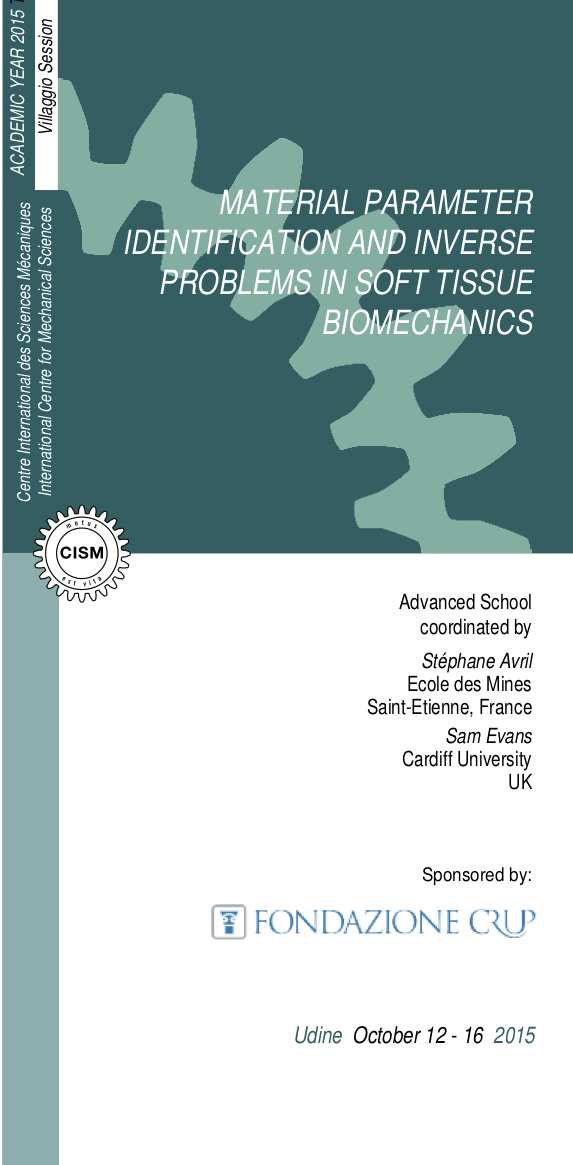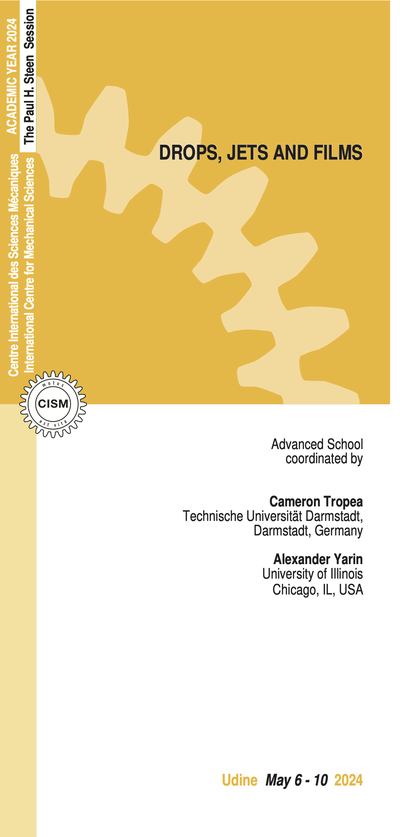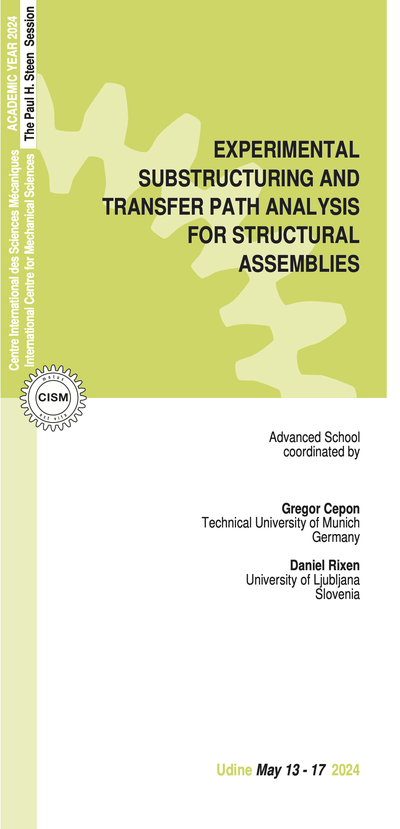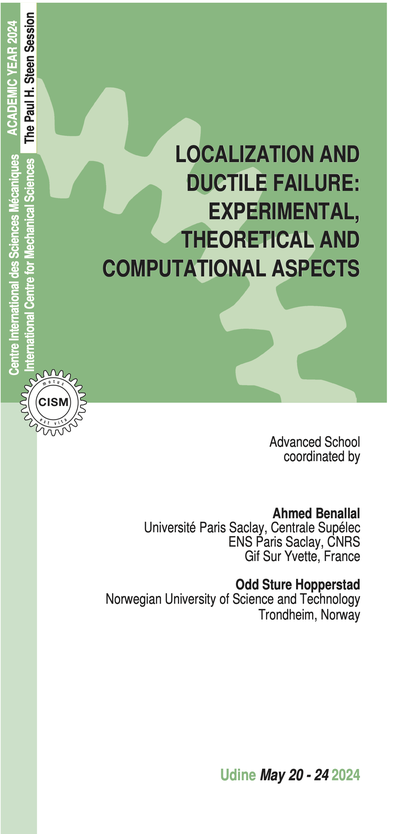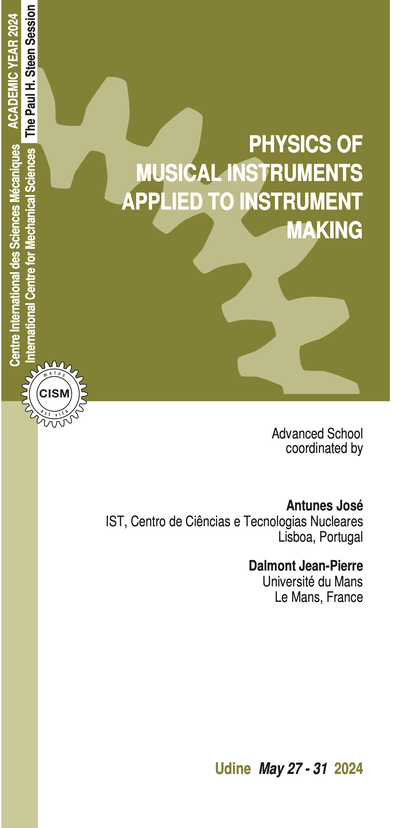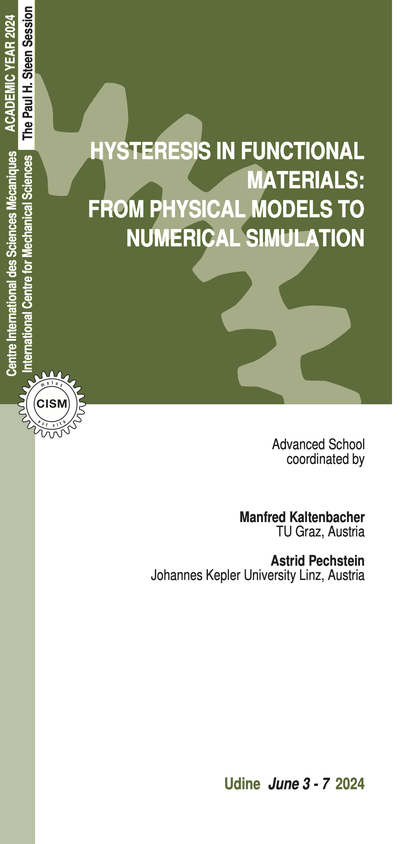There are many fields in medicine and in biomedical engineering where accurate measurements of local soft tissue properties are needed. In general it is difficult to measure the mechanical properties of these materials directly and some kind of inverse approach is needed, where an experiment has to be simulated and the material parameters are adjusted until the model matches the experiment. Several open questions are raised by inverse approaches in soft tissue biomechanics:
- Experimental measurements on biological tissues present many practical and theoretical difficulties. Experimental and numerical errors also increase the uncertainty, as do inadequate constitutive models.
- An inverse problem requires a computational model that can be solved repeatedly with different material parameters. This requires a model that can be solved quickly and reliably; these are not attributes one usually associates with computational models of biological tissues.
- Biological tissue mechanical behaviour exhibits special characteristics that may affect the mechanical response and disturb material identification, such as visco-elasticity, multi-scale properties, variability of properties and remodelling. Tissues often develop regionally varying stiffness, strength and anisotropy. Important challenges in soft tissue mechanics are now to develop and implement hybrid experimental – computational methods to quantify regional variations in properties in situ.
- Once the necessary experimental data and computational models are in place, it is essential to implement an appropriate optimisation strategy to adjust the material parameters to give the best match with the experimental results, and to consider issues of uniqueness of the identified parameters.
- The question of uniqueness can be tackled by increasing the quantity of experimental data. To this purpose, tracking the fullfield deformation of tissues using optical measurements or medical imaging techniques becomes quite commonplace but these novel measurement approaches have only been recently applied to material identification of biological tissues and they still have to be well calibrated and validated for them.
- It has also been identified that in certain situations useful patientspecific results can be obtained without precise knowledge of patient-specific properties of tissues. This situation arises for instance in image-guided surgery and modelling and analysis of thinwalled biological organs.
Learning skills in this multidisciplinary environment is challenging, and rarely addressed to a sufficient level within classical degree programs. The advanced school will gather the best worldwide specialists in hybrid xperimental – computational methods applied to soft tissues, to teach a focused and highly original course in this area. The course is addressed to doctoral students and postdoctoral researchers in mechanical and biomedical engineering, materials science, biophysics and applied mathematics, academic and industrial researchers and practicing engineers. Attendees should have an engineering background with reasonable knowledge of mathematics; the necessary biology from will be taught from scratch.
